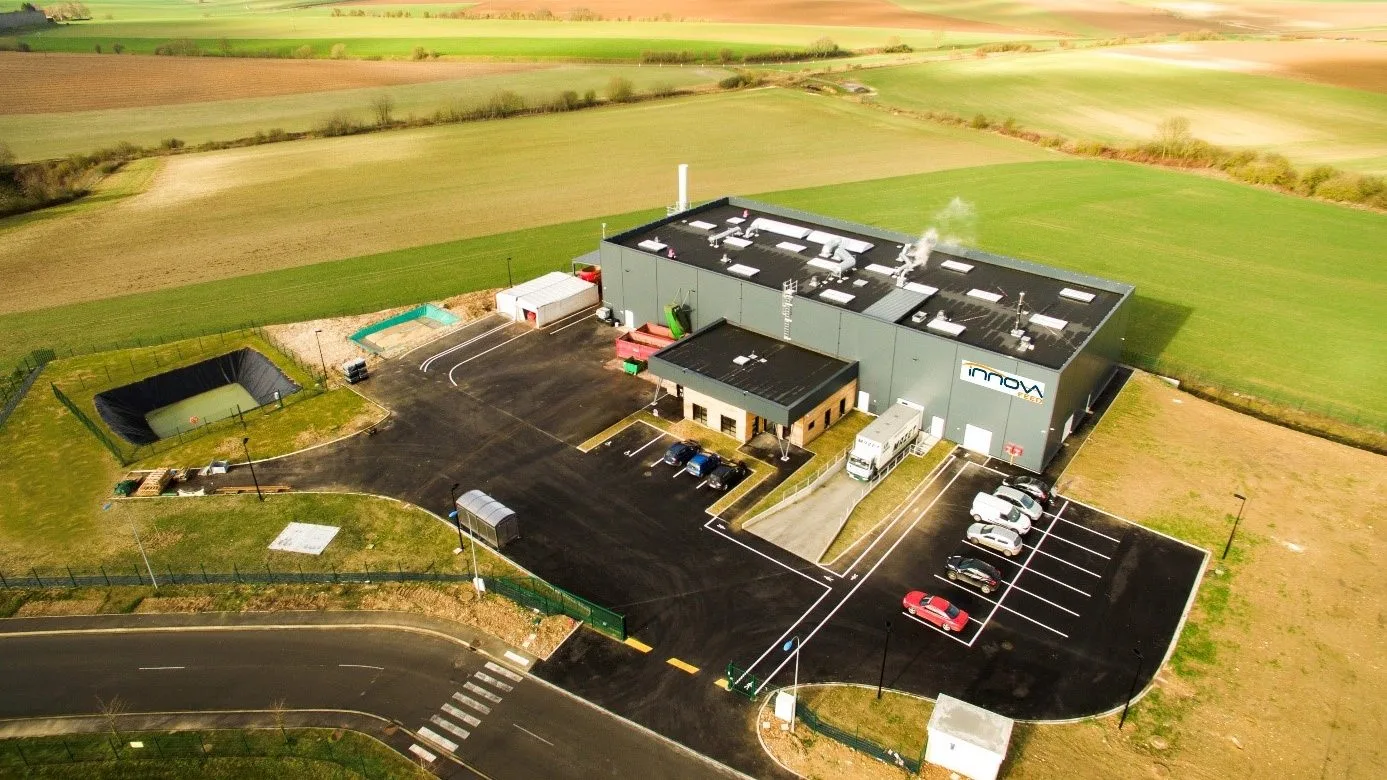Cultivated meat
I disagree with the depiction of the cultivated meat industry in the article “Global market for ‘cultivated meat’ could reach $25 billion by 2030” (Business, February 17th) and would like to add context and justification for the product from a broader environmental, health and economic lens.

The human race has experienced multiple agricultural revolutions in the past, adopting new technologies and practices, such as the domestication of animals, selectively modifying crops and the discovery of artificial fertilisers.
These advances allowed us to create abundant food and end starvation in many regions. But unfortunately the current system has become so “efficient” at producing food it comes at a massive cost to environmental and public health.
Animal agriculture is one of the leading causes of climate change, and regardless of whether you believe it or not, it will affect you.
Animal agriculture is a calorie-negative process, meaning we feed livestock more calories than what their meat, dairy and eggs produce for us.
We are essentially throwing away food in a climate where crop failures and herd culls from drought and flooding are all too familiar.
Similarly, animal agriculture propagates antibiotic resistance, food-borne illness and zoonotic diseases (pandemics). This system is wholly unsustainable and impacts our ability to meet international greenhouse gas and climate targets.
Regardless of your opinion on climate change, disease or animal welfare, the truth is that our current protein production method cannot guarantee Irish food security going forward. Cultivated meat technology offers a solution to many of these concerns.
While the technology is still in its infancy, it presents significant benefits over traditional animal agriculture.
Extensive investment in the technology by global food conglomerates, private investors and governments shows that the protein production industry will adopt this new agricultural revolution – growing sterile meat in a food production facility without the aforementioned environmental and health implications.










